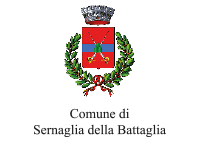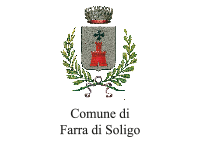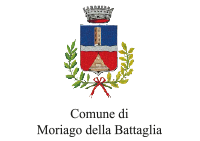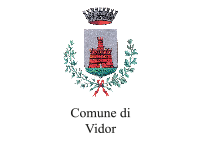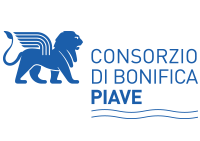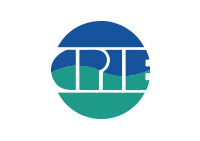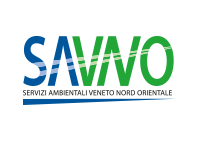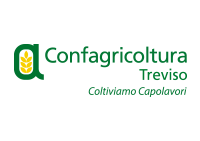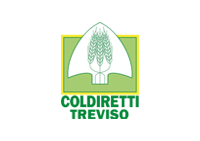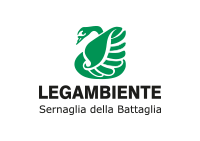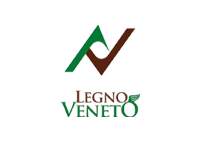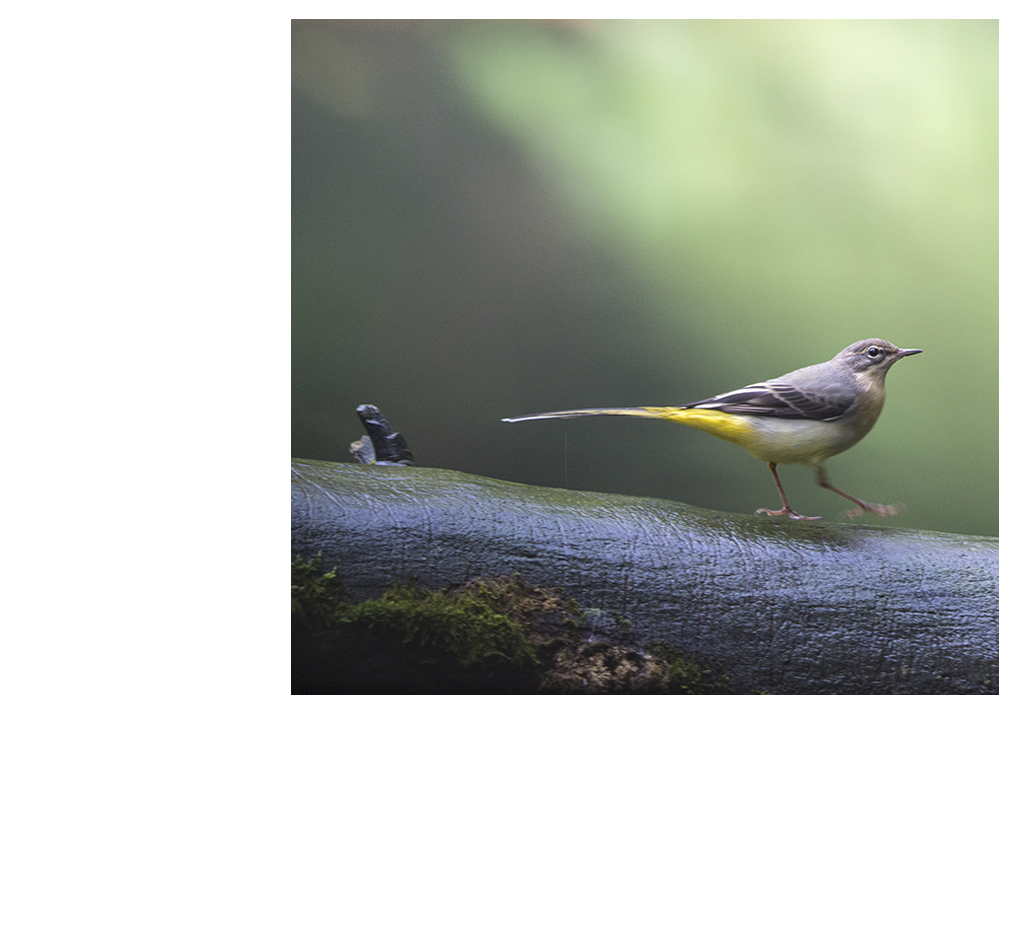
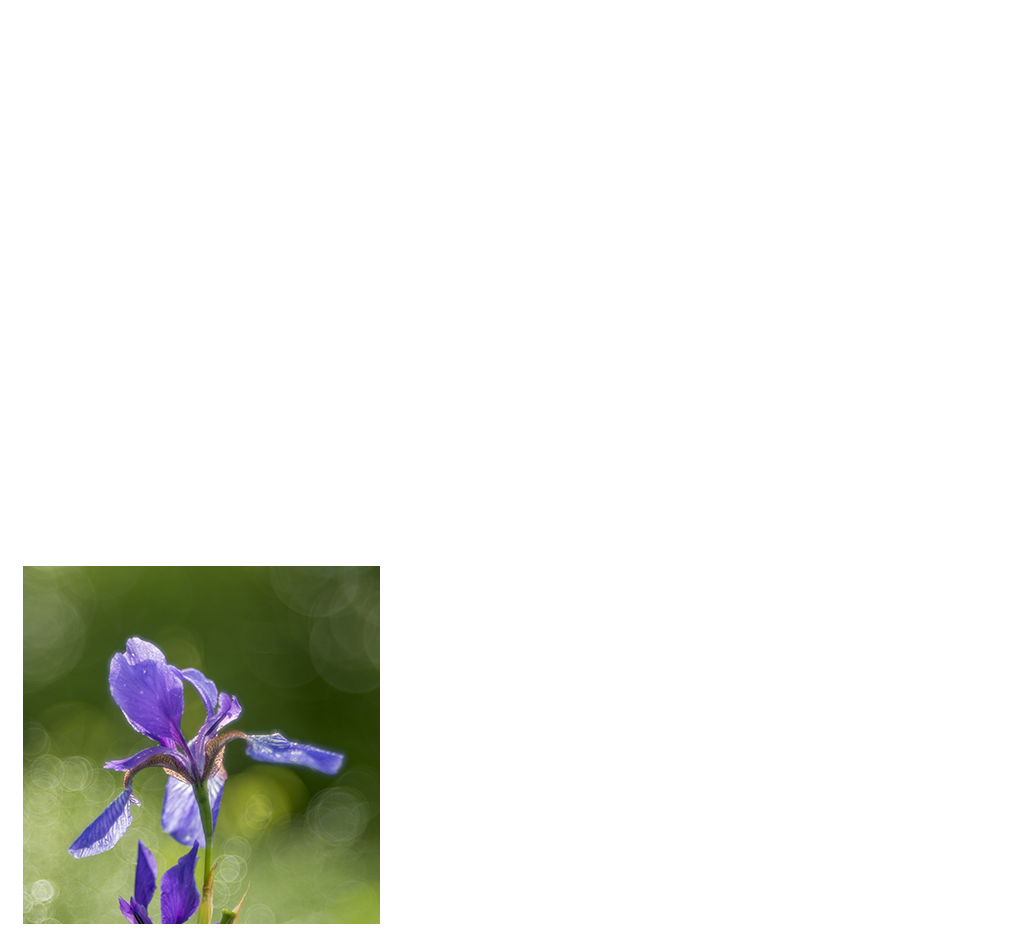
INQUADRAMENTO
Il SIC IT3240015 si trova in provincia di Treviso ed interessa il territorio dei comuni di Farra di Soligo, Moriago della Battaglia, Sernaglia della Battaglia e Vidor.
Il territorio in cui si inserisce il SIC è costituito da un lembo di alta pianura terrazzata, delimitata a nord dalle colline trevigiane, a sud-ovest dal corso del fiume Piave a est dal Torrente Soligo. Più precisamente il SIC è situato nella porzione centrale di quest’area pianeggiante, morfologicamente depressa rispetto alle zone contermini, posta a quote comprese tra 125 e 150 m s.l.m.
I Palù del Quartier del Piave sono caratterizzati da una elevata biodiversità, frutto della loro caratteristica più tipica e specifica: la presenza di piccoli campi circondati da siepi, con una grande quantità di acqua circolante, in gran parte di risorgiva.
BUDGET
Progetto LIFE17 – NAT/IT/507 “PALU QdP”
Participatory Agroforestry deveLopment: a tool for restoring and sUstaining the Palù del Quartier del Piave site
1.510.202 euro di cui 903.416 euro co-finanziati dal programma LIFE dell’Unione Europea
AZIONI
In particolare il progetto prevede:
• l’acquisto di circa 4 ettari di Palù da parte
delle Amministrazioni Pubbliche per una ricostruzione fedele dell’habitat originario;
• l’acquisizione su base volontaria di 6 ettari
di Palù da riconvertire ad un modello sostenibile di utilizzo, grazie al finanziamento UE;
• la creazione di un marchio territoriale
che valorizzi anche economicamente
Piccole Produzioni Locali di qualità;
• il ridare vita a forme di artigianato basato
sui modelli storici locali;
• la promozione dei Palù finalizzata ad attivare un turismo sostenibile e responsabile e la creazione di un sistema fruitivo a carattere didattico.
OBIETTIVI
Il progetto persegue numerosi obiettivi, in particolare quello di un rinnovato modello di coesistenza tra ambiente naturale ed attività antropiche, per:
• aumentare la presenza delle specie
vegetali rare;
• rafforzare la presenza di anfibi, rettili e farfalle
di rilevanza conservativa;
• sviluppare modelli innovativi di gestione agroforestale dei Palù, sostenibili economicamente e rispettosi di habitat e specie;
• percorrere un approccio partecipativo, per rafforzare il senso di appartenenza territoriale condividendo una modalità di un suo uso corretto.
TEMPI E FASI
Il progetto è stato avviato a settembre 2018
e si concluderà nel febbraio 2023.
Alla fase di acquisizione dei terreni e di promozione
del progetto seguiranno gli interventi di riqualificazione delle aree, quindi le attività di monitoraggio degli effetti.
In tutte le fasi del progetto sarà condotta una forte azione di sensibilizzazione con un approccio partecipativo volto a coinvolgere la realtà territoriale nel suo complesso.
EN SUMMARY
THE PROJECT
The project is implemented in the IT3240015 SCI area “Palù del Quartier del Piave”.
The main objective is to stop the reduction trend of meadows characterised as habitats 6510 and 6410. To this aim, the interventions planned act at different levels, in different ways with a multi-purpose delivery mechanism.
The Palù del Quartier del Piave is a complex mosaic of small meadows plots, each of which bordered by hedges and canals rich in water. Within these systems, numerous species of conservation relevance can be found. Nowadays the regression of the habitats and the general loss of biodiversity in the area is clear: most meadows are undergoing a natural process of reforestation following their abandonment or forestation. The extensive network of canals no longer maintained is now filled up with soil and fragmented, losing its capacity to receive water and, therefore, to support the rich aquatic and amphibious life depending on them. Also, in the last decades, the intensive agriculture practices within the SCI have caused a simplification of the complexity of the ecosystem (hedges reductions and cuts, reductions of open canals) together with the increase of fertilizers and pesticides in soil and water.
To reduce the impacts of these threats and to reduce the degradation of the habitats, the project foresees the following objectives:
- To increase the presence of numerous species (Iris sibirica, Gentiana pneumonanthe, Succisa pratensis, Stellaria palustris, Carex brizoides …) than in the Palù area have their elective habitat but today are absent or rare.
- To strengthen the presence of amphibians, reptiles and butterflies of conservation relevance (Triturus carnifex, Rana latastei, Hesperia comma…).
- To develop/demonstrate agroforestry management models able to foster economic sustainability of the traditional Palù plots, and, at the same time, to protect habitats and species.
- To demonstrate the efficacy of a participatory approach, based on the experiences on the “river contracts”, for the preservation of ecosystems.
- To promote communication means able to reinforce the local natural cultural heritage and increase the awareness of the Palù area and on the Natura 2000 network.
BUDGET
Project LIFE17 – NAT/IT/507 “PALU QdP”
Participatory Agroforestry deveLopment: a tool for restoring and sUstaining the Palù del Quartier del Piave site
The project will be implemented in Italy for of 54 months, from September 2018 to February 2023.
The total costs of the project are € 1,510,202, out of which the total EU contribution amounts to € 903,416.
THE MAIN ACTIONS AND OUTPUTS
- Restoration of traditional meadows in 4 ha with “marcita”. The area will be an example of the restoration and conservation of the traditional plots playing a central role for the communication activities.
- Restoration of meadows in 6ha of privately owned Palù.
- Participatory approach leading to agreements (“Palù contract”) between the four municipalities and other public and private entities aimed at starting agronomic production chain based on the local products of the Palù, so as to ensure the proper management and conservation of the sites.
- Implementation of the programme of actions defined by the “Palù contract”. It is expected to involve owners of at least 50% of the surface of the SCI.
- Implementation of the restoration activities in private areas (within SCI) with goals and objectives agreed between the signatories of the “Palù contract”. It is expected to implement agroforestry models combining economic sustainability and conservation efforts on 66ha of private area.
- Restored connectivity (continuity) of about 10 km of canals (within the SCI) to protect and improve the ecological functions of the hydrographic network and to support the presence of target species.
- Dissemination and replicability of the participatory approach in SCI sites in Italy and realisation of a feasibility project for adapting to the French context the “Palù contract” model.
- Consolidation of the communication activities on the natural value of the area and the Natura 2000 network.
PARTNERS
Coordinating Beneficiary, (Italy),
Comune di Sernaglia della Battaglia
Piazza Martiri della Libertà, 1
31020 Sernaglia della Battaglia (TV)
T (+39) 0438 965311
F (+39) 0438 965363
E info@paluqdp.it
Associated Beneficiary
BIOS IS Srl (Italy), Comune di Farra di Soligo (Italy), Comune di Moriago della Battaglia (Italy), Comune di Vidor (Italy), Centre Permanent d’Initiatives à l’Environnement des Collines normandes (France), Consorzio di Bonifica Piave (Italy), Agenzia veneta per l’innovazione nel settore primario – Veneto Agricoltura (Italy)
RIFERIMENTI BIBLIOGRAFICI - BIBLIOGRAPHICAL REFERENCES
CASSOL M. (2017) Indagine conoscitiva sull’erpetofauna nei Palù del Quartier del Piave – a cura del Comune di Sernaglia della Battaglia (TV).
FOTOCLUB SERNAGLIA (2017) Prati incantati: i Palù del Quartier del Piave – Daniele Marson Editore
FRUSCALZO G. (2009) Individuazione e analisi fitocorlogica delle Unità Ambientali del Territorio del SIC “Palù del Quartier del Piave” (tesi di dottorato) – Università Ca’ Foscari Venezia.
GHIZZO L. a cura di, I Palù del Quartier del Piave, Centro di Educazione Ambientale “MEDIA PIAVE” – Provincia di Treviso.
GHIZZO L., PEDERIVA E., DALLA BETTA E. (1999) La cattedrale verde: I Palù-Valbone, icona del cosmo, icona dell’uomo, allegorie e simboli monastici nella struttura del paesaggio agrario dei Palù-Valbone del Quartier del Piave – Centro Policulturale di Farra di Soligo, Biblioteca Comuale G. Pillonetto di Sernaglia, Centro di Educazione Ambientale “Media Piave” di Fontigo.
BELVINI P., GHIZZO L., SARTORI R. (1987) Carta Agronomica del Comune di Moriago della Battaglia a cura del Comune di Moriago della Battaglia e CE.NA.S.C.A./CISL – Grafiche Antiga.
AA.VV., GRUPPO ROMIT (1987) Il paesaggio agrario della Pianura Centro-Occidentale, Quaderno n. 1 Serie Per una identità del Quartier di Piave (Venetia) – Grafiche Antiga.
SCARIOT A., ZANATTA K. (2017), Valorizzazione e promozione dei Palù del Quartier del Piave, studio dei prati stabili – a cura del Comune di Sernaglia della Battaglia (TV)
VETTORELLO A. (2012) Geomorfologia del Quartier del Piave Orientale (tesi di laurea triennale in Scienze Geologiche) – Università degli studi di Padova.
ZAMPROGNO E. (2017) Relazione Tecnica finale dell’Indagine conoscitiva sulle Farfalle diurne (Ropaloceri) presenti nell’ambito territoriale del sito Natura 2000 “IT3240015 – Palù del Quartier del Piave” – a cura del Comune di Sernaglia della Battaglia (TV).
PARTNER DI PROGETTO
